In this month’s Decoded column, I answered several questions about automatic sliding doors and the code requirements that help to ensure their safety in a means of egress.
~~~
This Decoded article will be published in Door Security + Safety
.

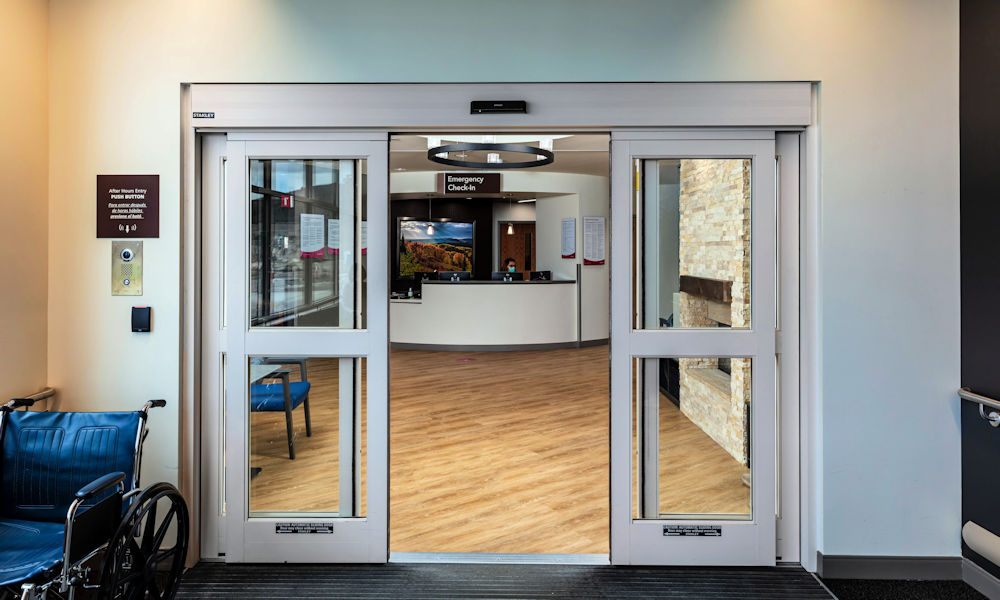 Automatic sliding doors have become very common in health care facilities, mercantile, business, and residential occupancies, and in other types of buildings. There are specialized code requirements that apply to these doors when installed in a means of egress, in addition to other sections of the codes and standards that cover all types of doors. In this Decoded article I’ve answered a few of the frequently asked code questions about automatic sliding doors.
Automatic sliding doors have become very common in health care facilities, mercantile, business, and residential occupancies, and in other types of buildings. There are specialized code requirements that apply to these doors when installed in a means of egress, in addition to other sections of the codes and standards that cover all types of doors. In this Decoded article I’ve answered a few of the frequently asked code questions about automatic sliding doors.
Where are automatic sliding doors addressed by the model codes?
In the 2024 editions of the I-Codes, Section 1010.3.2 is called Power-Operated Doors, and includes requirements for automatic swinging, sliding, and folding doors. This section requires automatic doors to comply with the ANSI/BHMA standards that address specific types of doors:
- A156.10 – Power Operated Pedestrian Doors
- A156.19 – Power Assist and Low Energy Power Operated Doors
- A156.38 – Low Energy Power Operated Sliding and Folding Doors.
Section 1010.1.2 specifies the types of doors allowed in a means of egress, requiring side-hinged swinging doors, pivoted doors, or balanced doors in most locations. There are nine exceptions detailing where other types of egress doors are allowed, and Exception 7 permits power-operated doors in accordance with Section 1010.3.2.
The 2024 edition of NFPA 101 – Life Safety Code addresses automatic doors in Section 7.2.1.9, Powered Door Leaf Operation, and requires compliance with the same ANSI/BHMA standards listed in the I-Codes. Based on these code sections, automatic sliding doors must meet the referenced A156 standards and the applicable sections of the adopted codes.
Although there are sections in each set of model codes dedicated to power operated doors, these are not the only sections that apply to automatic sliding doors in a means of egress. For example, the hardware used for security and egress – locks, latches, and special locking arrangements are covered in other sections of the model codes. This topic is addressed below.
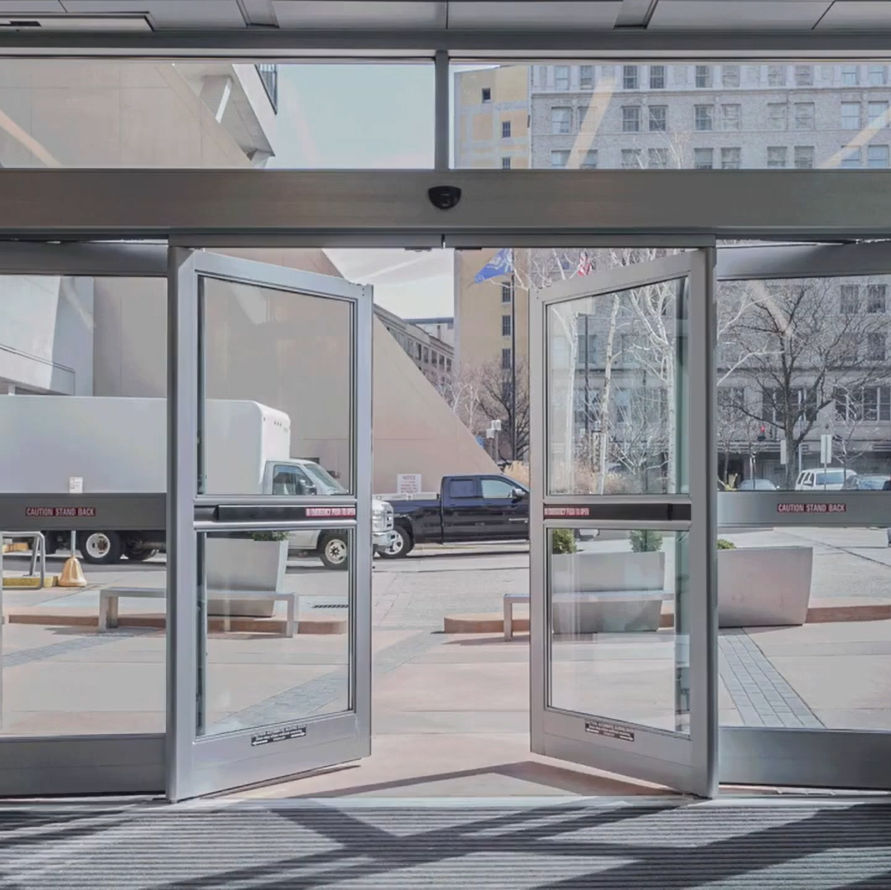 When is an automatic sliding door required to have the break out / break away feature allowing it to swing in the direction of egress?
When is an automatic sliding door required to have the break out / break away feature allowing it to swing in the direction of egress?
For power operated pedestrian doors that are not considered low-energy automatic doors, both sets of model codes require compliance with ANSI/BHMA A156.10, which includes requirements for automatic swinging, sliding, and folding doors, and defines the following terms:
- Break Away Device: A safety device other than an exit device that permits egress under emergency conditions (also called emergency release).
- Break Out: The process of activating a break away device causing the door or panel to swing in the direction of egress.
Automatic doors with this feature will swing open manually in the direction of egress if needed for emergency evacuation – automatic sliding or folding doors temporarily become manually operated swinging doors. The BHMA standard and the model codes limit the opening force for the break out feature to 50 lbf, applied 1 inch from the leading edge of the lock stile.
When and where this feature is required by the codes and standards depends on which of the model codes have been adopted and whether there are state or local modifications to those codes. In the 2024 edition of NFPA 101 – Life Safety Code, the “swing-out feature” is required by Paragraph 7.2.1.9.1.5: The door assembly shall be designed and installed so that, when a force is applied to the door leaf on the egress side, the door leaf shall be capable of swinging from any position to provide full use of the required width of the opening in which it is installed. However, Section 7.2.1.9.1.7 exempts automatic sliding doors from this feature when the door serves an occupant load of less than 50 people, as long as the door can be slid open manually within the force limitations stated in the code. Signage is required, stating “IN EMERGENCY, SLIDE TO OPEN.”
In the 2024 edition of the International Building Code (IBC), Section 1010.3.2 includes the requirements for power operated doors to swing in the direction of egress during an emergency. Similar to NFPA 101, this section states (in part): The door shall be capable of opening from any position to the full width of the opening in which such door is installed when a force is applied to the door on the side from which egress is made. This is what mandates the break out or break away feature, but there is an important variation between the codes. The IBC does not include an exception similar to NFPA 101 that would exempt automatic sliding doors serving an area with a certain occupant load. It is possible that a code official MIGHT allow the break out / break away feature to be omitted if the door is serving an occupant load of 10 people or less, based on IBC 2024, Section 1010.3.2. Exception 9 of this section allows manually operated sliding doors serving areas with a calculated occupant load of 10 or less.
One other thing to note with regard to the break away requirement is that the I-Codes and NFPA codes include exceptions stating that the requirement for one leaf to provide a minimum clear opening width of 32 inches does not apply. The exceptions are slightly different, with the I-Codes requiring a minimum of 32 inches of clear opening width total (both leaves when broken out). The NFPA codes require each leaf to provide at least 30 inches clear.
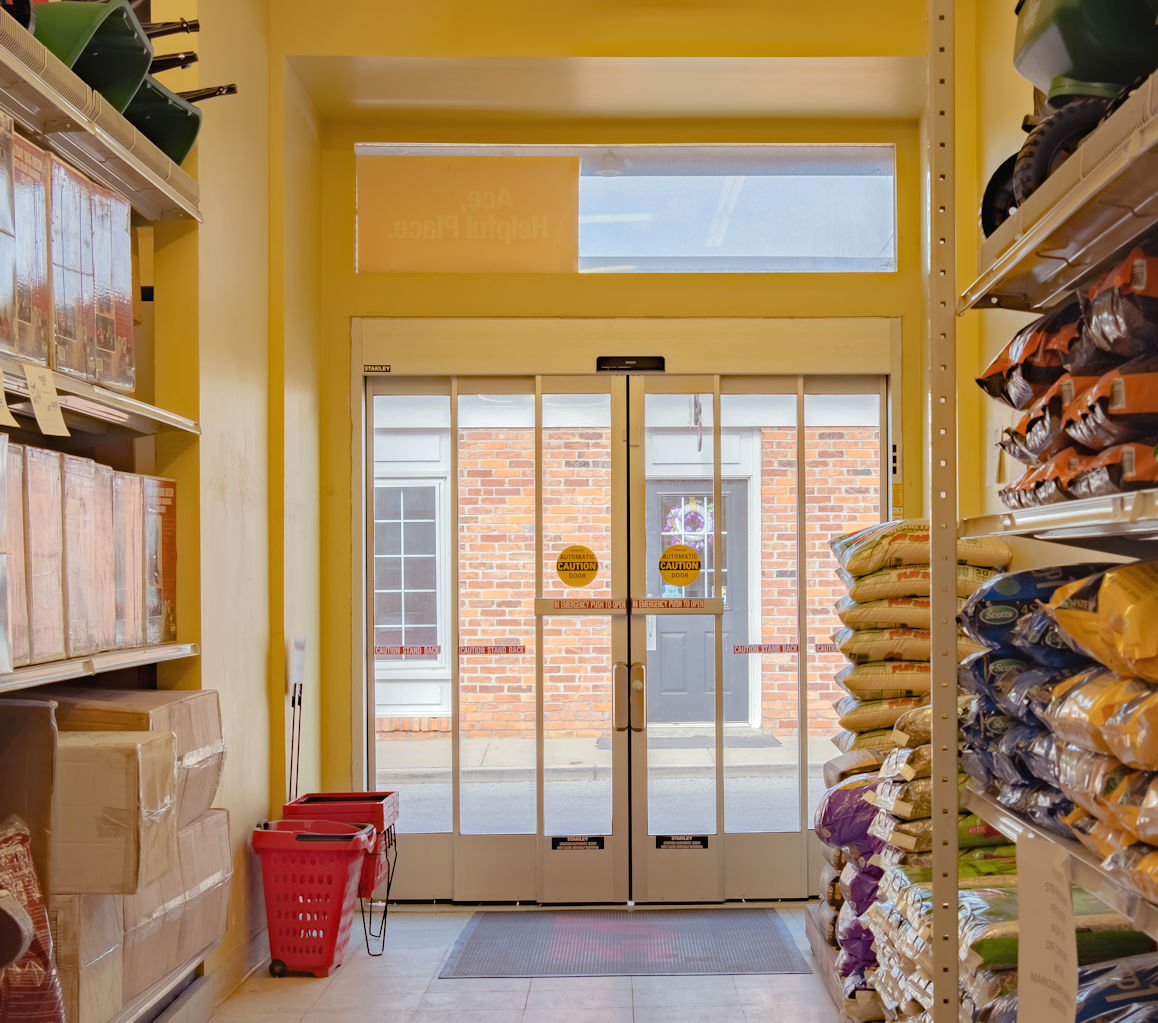 What are the options for locking hardware on an automatic sliding door, and what affects the selection of this hardware for a door in a particular location?
What are the options for locking hardware on an automatic sliding door, and what affects the selection of this hardware for a door in a particular location?
Although the sections related to power operated doors do not specifically address locks and latches, there are other sections of the model codes that would apply. Typically, an automatic sliding door that requires a locking mechanism will have one of the types of hardware listed below. It would not normally be acceptable to have more than one lock on a door, for example, a hook bolt and panic hardware, as one motion must unlatch all of the locks and latches on the door simultaneously.
- Hook bolt with key cylinder outside, thumbturn inside: The key cylinder and thumbturn are used to project or retract the bolt, which controls whether the door can slide open. This type of lock would have to meet the requirements for deadbolts in a means of egress:
- The application must be one where panic hardware is not required.
- The door would not be able to be fire-rated, as positive latching hardware would be required.
- The deadbolt must be the only locking/latching device on the door (unless it’s the entrance door to a dwelling unit or sleeping unit, or other location where two releasing operations are allowed – not applicable to automatic sliding doors).
- The thumbturn and cylinder would have to be between 34 inches and 48 inches above the floor, or as required by the adopted codes.
- The thumbturn must be operable without tight grasping, pinching, or twisting of the wrist.
- Double-cylinder hook bolt: In the model codes, these locks are called key-operated locks. A key cylinder on both sides can be used to project or retract the hook bolt, which controls whether or not the door can slide open. Key-operated locks are allowed by the I-Codes on a building’s main entrance door(s) and tenant entrance door(s), where certain requirements are met (the NFPA requirements are similar – refer to the adopted code):
- According to the IBC, the use group must be one of the following:
- Assembly occupancy with an occupant load of 300 people or less,
- Business, factory, mercantile, or storage occupancy, or
- A place of religious worship.
- The locking device must be readily distinguishable as locked – typically the lock will have an indicator which reads “open” or “locked.”
- Signage on the egress side of the door or adjacent to the door must state “THIS DOOR TO REMAIN UNLOCKED WHEN THIS SPACE IS OCCUPIED.” The letters on the sign must be at least 1 inch high on a contrasting background. This signage serves as a reminder to employees, but also advises the public that the door must be unlocked when they are present.
- A building official may revoke the use of a key-operated lock for due cause.
- According to the IBC, the use group must be one of the following:
- Panic hardware: Depending on the use group or occupancy classification and the calculated occupant load of a space, egress doors serving that area may require panic hardware. The specifics depend on the adopted code:
- I-Codes: Each door in a means of egress equipped with a lock or latch, serving assembly (Group A) or educational (Group E) occupancies with a calculated occupant load of 50 people or more, and high hazard (Group H) occupancies of any occupant load.
- NFPA Codes: Required means of egress doors equipped with a lock or latch, serving assembly, educational, or day care occupancies with a calculated occupant load of 100 people or more, and areas of high hazard contents with a calculated occupant load in excess of 5.
- Note that the double-cylinder / key-operated lock described above may be allowed as an alternative to panic hardware if certain criteria are met.
- Access control / free egress: When a door is equipped with electrified hardware that controls access but does not affect egress, it must meet the same requirements that apply to mechanical hardware:
- The door must unlatch with one releasing motion for egress (with some exceptions).
- Egress must require no key, tool, special knowledge or effort.
- Operation of the door hardware must require no tight grasping, pinching, or twisting of the wrist.
- Operable force for the hardware must be within the limits of the applicable code or standard.
- Releasing hardware must be mounted between 34-48 inches above the floor, or as required by the adopted code.
An automatic sliding door could also have electrified hardware that is considered a “special locking arrangement.” There are specific code sections addressing each of these applications, such as delayed egress locks, controlled egress locks in health care facilities, elevator lobby exit access doors, and electrified hardware that is released by a sensor or by a switch in the door-mounted hardware.
Do the code requirements for “special purpose” doors apply to the automatic sliding doors typically found on a building entrance?
In the 2024 edition of the IBC, Section 1010.3.3 is called Special Purpose Horizontal Sliding, Accordion or Folding Doors. These are not the typical automatic sliding doors that are found on many building entrances. This section applies to the type of door that is normally hidden behind a panel in the wall, and projects across a corridor or other opening upon a signal from the fire alarm / sprinkler system or security system.
For additional questions related to automatic sliding doors, refer to the adopted codes and referenced standards, or consult with the Authority Having Jurisdiction (AHJ).
You need to login or register to bookmark/favorite this content.


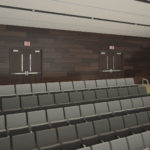
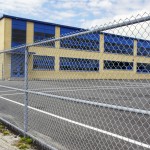



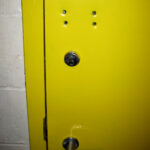
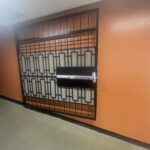
Maybe the next code step is require a minimum clear area on both sides of the doors, depending on the type/ size, so the doors can be fully opened, to the required width?
That’s a great point, Charles! How many times have we seen retail stores with displays in the way of the door if it needed to swing out?
– Lori
About 50%